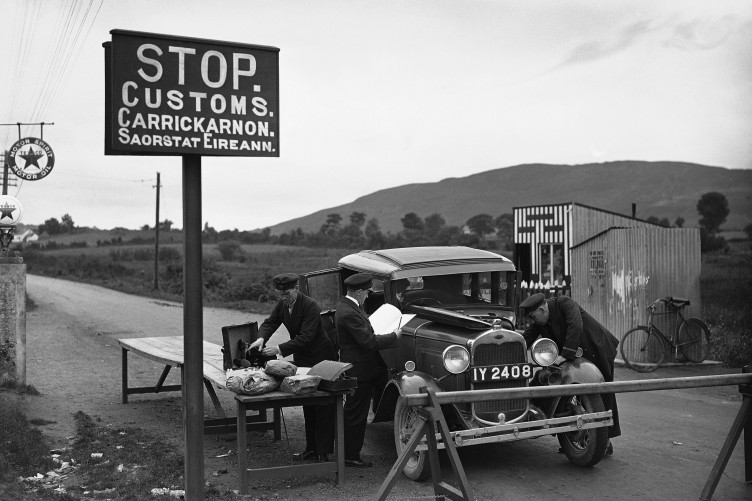Brexit Breakthrough- a glimpse at the future shape of EU UK relations ?

It almost feels too good to be true. A deal to conclude phase 1 of the Brexit negotiations fell apart at the start of the week because north/south assurances were not matched by clarity on the east/west relationship. At one stage during the week, it looked like no deal would be possible, such were the questions and concerns about the workings of “regulatory alignment” with the EU.
Four days later, a different approach to negotiations was taken. Instead of working out howto avoid the return to a hard border, the British government crucially focused on the what. In effect, they signed up to a guarantee that committed to no hard border between Northern Ireland and Republic of Ireland and no hard border between the island of Ireland and Great Britain. Critically, these guarantees apply whether there is a deal on Brexit or not.
The detail of how all this can be delivered remains to be worked out but this set of guarantees now binds Theresa May to a specific set of outcomes. In effect, she leaves herself with little wriggle room in phase 2 of the negotiations. In order to ensure no hard border north/south and east/west, it seems that the British government will have to sign up to a free trade agreement with no customs tariffs and a common set of regulatory standards with the European Union. Anything less will mean a return to a hard border.
The significance of this deal in the context of the Brexit negotiations is enormous. Over the past nine months, there has been a simple incompatibility in British and Unionist thinking about the implications of Brexit. It is not possible to “make our own rules”, “control migration and our borders” and exit the Single European Market and EU Customs Union while retaining a frictionless border. Shared membership of the European Union meant that the Republic of Ireland and the Great Britain and Northern Ireland had to enforce the same EU rules. The beauty of that joint membership was that it allowed the physical border to disappear through the dismantlement of tariffs and different product regulatory regimes, while at the same time giving political cover to Northern Unionists.
To a certain extent, the guarantees of December 8th deal resolves the incompatible issues despite British Government spin that they can still leave the customs union and the single market. The text of the agreement goes beyond a guarantee to uphold the Good Friday agreement and by extension the sectors singled out for north/south cooperation and expresses a commitment to the all-island economy. Honouring this commitment will depend on the free movement of labour and capital, not just goods and services. However, the caveat for this phase of the negotiations to exit the EU is that nothing is agreed until everything is agreed.
What now remains to be addressed is the how and there are plenty of questions. The opposite of a hard border is not necessarily a frictionless border. There is plenty of negotiating to be done yet.